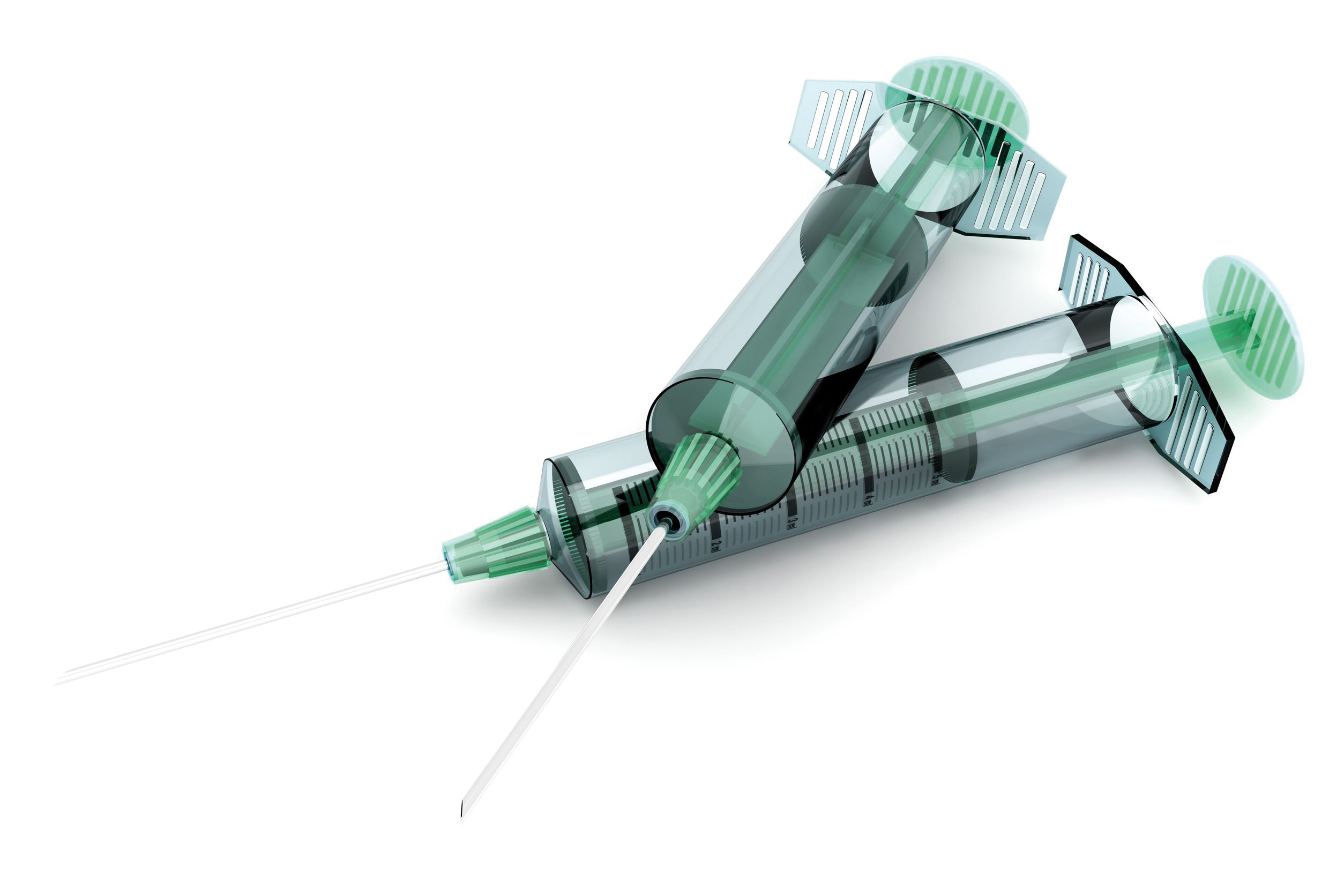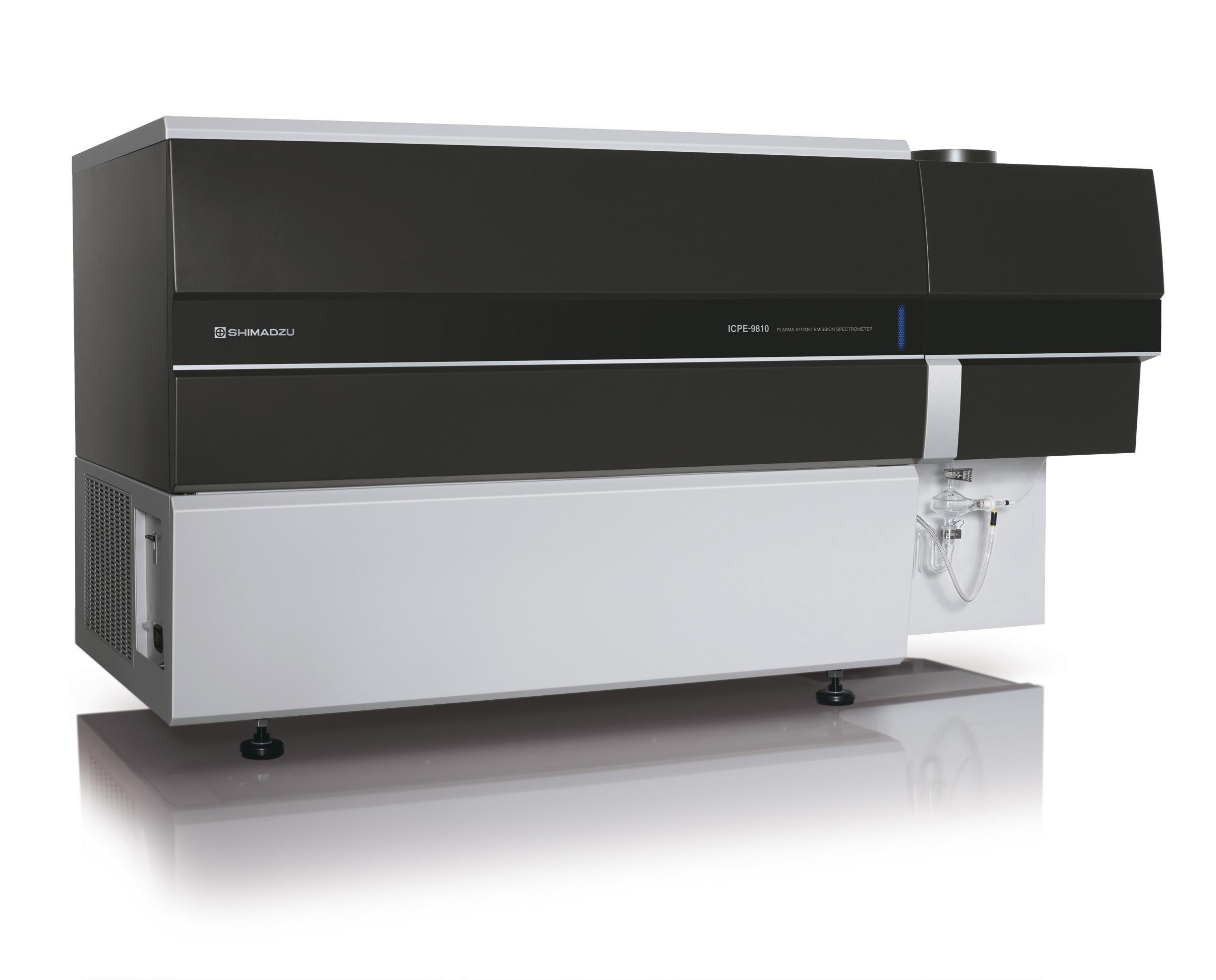Metallic contaminations in pharmaceutical packaging
Content and implementation of USP 661.1 with respect to extractable elements

In the pharmaceutical industry, plastic packaging is used in various forms, such as infusion bags, bottles, cartridges or prefilled syringes. For their particular purposes, these packagings must be tested for suitability.
The United States Pharmacopeia has published two new chapters (661.1 and 661.2) to this effect, which have been valid since May 2016:
- Chapter 661.1 describes the characterization and testing of the individual plastic materials of construction used in the production of plastic packaging.
- Chapter 661.2 deals with the required testing of the final packaging systems, as packaging often consists of more than one plastic material.
Characterization is carried out by the identification and determination of biocompatibility, physicochemical properties and extractable metals.
For the determination of physicochemical properties, Shimadzu offers two suitable TOC systems, the TOC-V and TOC-L, which have already been described in Issue 01/2016 of the Shimadzu News. The present article contains an overview of the analysis of extractable metals.
Normative directives
While TOC analyses serve as an indicator for extractable organic materials, the determination of extractable metals in materials of construction (plastics) for the production of the packaging or the packaging systems is specifically addressed in chapter 661.1. Chapter 661.2, which addresses finished packaging systems, requires that only materials of construction compliant with USP 661.1 be used and metals are not regarded.
Application
In chapter 661.1, various extraction solutions are used that vary depending on the element or type of plastic to be investigated. These materials of construction are divided into three groups:
- Polyethylene (PE), polyolefin (PO) and polypropylene (PP)
- Polyethylene terephthalate (PET) and glycogen-modified PET (PETG)
- Polyvinylchloride (PVC).
The most complex are the tests for Group 2, PET and PETG, because two different extraction solutions are required: acid extraction and alkaline extraction.
In acid extraction, 20 g of the material to be tested is heated together with 0.1 N hydrochloric acid (HCl) for five hours at 50 °C. After cooling, the solution is analyzed within four hours for the elements aluminum, barium, cobalt, manganese, titanium and zinc. The plastic materials may not leach more than 1 µg/g (1 ppmw) of the respective element, which corresponds to 0.4 mg/L in the extraction solution.
Furthermore, the PET and PETG are analyzed for antimony and germanium. The limit values required for these metals are the same as for the previously mentioned elements. The extraction process for antimony and germanium, however, is different. Alkaline extraction is used here: 20 g of the material to be tested is heated together with 0.01 N sodium hydroxide solution and is also heated at 50 °C for five hours and analyzed within the same subsequent stability period of the solution of four hours.
Instrumental analysis implementation
 ICPE-9820
ICPE-9820
In addition to the previously mentioned elements and limit values, lower limit values have been defined for the other substance classes. In the extraction solutions, the limit value for chromium can be at 20 µg/L, while limit values for titanium, vanadium and zirconium can be at 40 µg/L.
To successfully implement the analyses as described in the new USP chapters, the use of Shimadzu’s ICPE-9820 is advised, an optical emission spectrometer with inductively coupled plasma. It features highly sensitive axial plasma observation and can, within the same method, also use radial view plasma observation for measurement of higher concentrations. Because in addition to trace elements, calcium for instance, which in the PVC substance class may be present in concentrations of up to 35 mg/L in the extraction solution, must also be determined.
The ICPE-9820 features, in addition to full flexibility in the measuring range, a particularly low-maintenance Echelle spectrometer. In order to optimally use the entire measuring range (167 – 800 nm) at all times, conventional systems are continuously purged with argon or nitrogen. Because of the sophisticated vacuum technology of the ICPE-9820, this purging process is no longer required, thus completely eliminating any additional costs of consumables.
Conclusion
The ICPE-9820 is ideally suited for the implementation of USP 661.1. Furthermore, Shimadzu offers the ICPMS-2030, a mass spectrometer with inductively coupled plasma, or as an alternative, the AA-7000 atomic absorption spectrophotometer.
All instruments can be operated in a regulated laboratory infrastructure in accordance with FDA CFR 21 Part 11. In addition to TOC, the package can be expanded with the IRAffinity-1S for the identification of polymers or a UV-VIS spectrophotometer, like the UV-1800 for implementation of the listed absorbance tests.